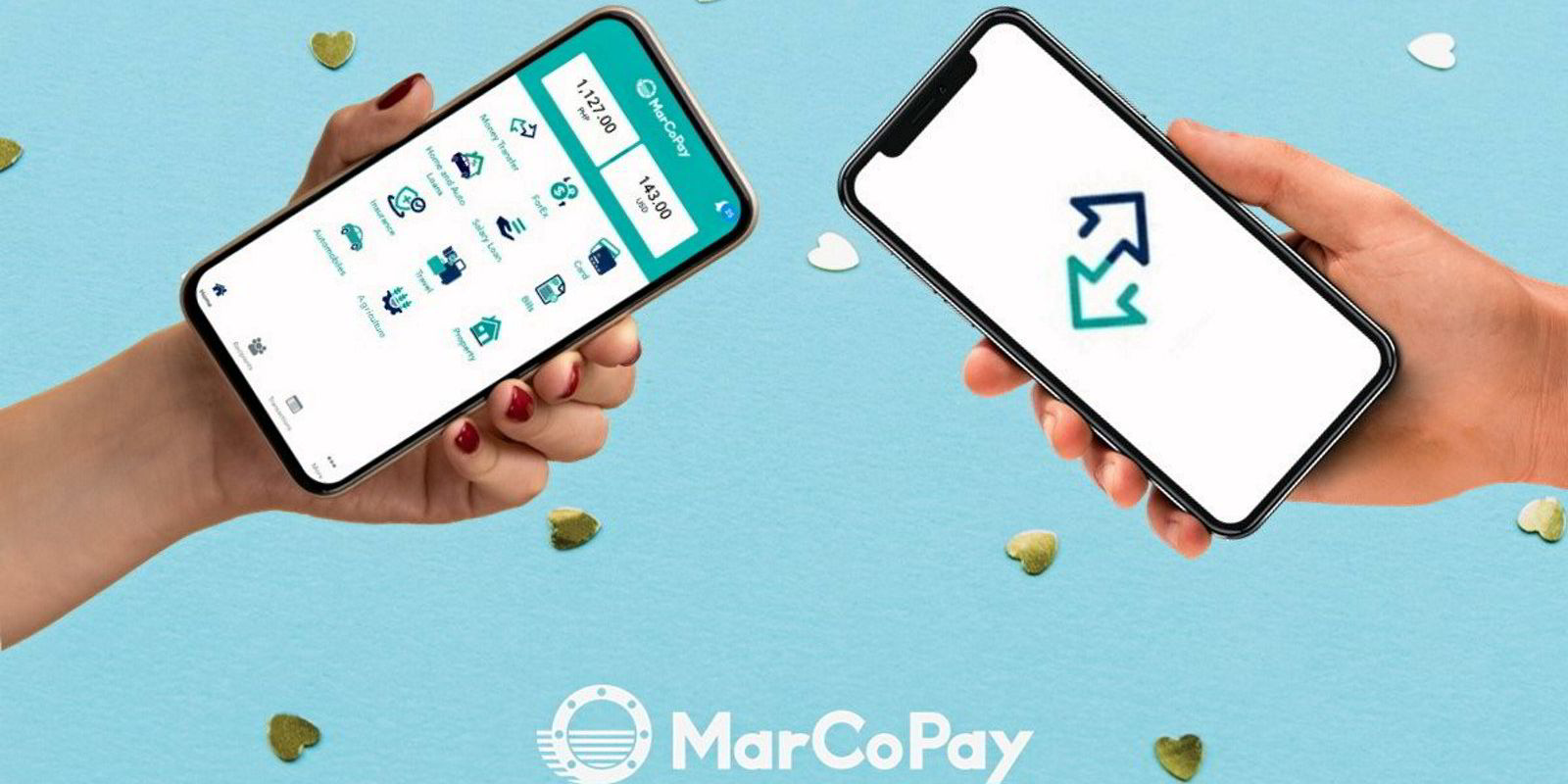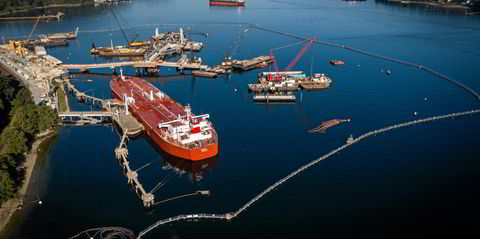Marubeni’s shipowning arm MMSL saved $86,000 in fuel on just one ship in a year, simply by giving watchkeepers a tool to help identify approaching vessels sooner.
The artificial intelligence-based tool is part of a raft of measures the Singapore owner has rolled out as it plays catch up with shipping’s use of digital and cleantech.
MMSL operates a fleet of about 30 vessels and, by managing director Taku Nakamoto’s own admission, has been slow in using many of the new digitalisation and decarbonisation tools that shipping has at its disposal.
“We are very traditional, and we are behind the trends in using tech. But we are being pushed to adopt by Marubeni,” he told a small gathering in the Marubeni offices during Singapore Maritime Week.
The push to modernise began a couple of years ago, he said.
It has included using an AI-based watchkeeper tool to help the bridge team, implementing an onboard electric payment app for the crew and participating in an autonomous shipping project that aims to deploy unmanned vessels in Japan’s coastal waters by 2040.
The company has also taken the plunge and ordered a suction sail system to be installed on a ship in 2026.
TradeWinds reported in 2022 that Marubeni had formed a joint-venture ship management firm, MaruFleet, with Fleet Management, to be based in Singapore. MaruFleet will be dedicated to the technical management of the Marubeni bulk carriers.
Then a year ago, Marubeni signed an agreement with Spanish cleantech firm Bound4Blue to sell its wind propulsion system.
The contract includes an agreement to install the suction sail on a panamax bulker. The first announcement said the installation would be in 2023-2024, but Nakamoto said it would now be in 2026.
The company has also rolled out a new payment app from the Philippines for its crew.
What is MarCoPay?

MarCoPay was founded in Manila in 2019 as a joint venture between Philippine logistics firm Transnational Diversified Group and Japan’s NYK and Marubeni. Services were rolled out to Filipino crews in 2021.
Marubeni also teamed up with one of its dry bulk partners last year by taking a stake in Klaveness Dry Bulk, owned by Norway’s Torvald Klaveness Group. Nakamoto said this has given access to digital market-making tools.
“We made a partnership last year and have set up a new joint venture and will use their digital skills and their digital solutions on our ship operations and ship chartering,” he added.
Marubeni is also leading one of the projects under Japan’s Meguri 2040 autonomous ship programme being run by the wealthy Nippon Foundation.
The project is the demonstration of autonomous navigation on a Japanese coastal vessel using cameras to detect and identify vessels, with a system to avoid them automatically.
Cost-saving onboard technology
The use of cameras on board one MMSL bulk vessel has helped it save about $86,000 in a year, MMSL deputy general manager Arai Takahiro said.
Takahiro was responsible for a project on the 57,955-dwt Crimson Delight (built 2015) in which an AI-based vessel detection monitoring system was installed by Israeli-based Orca AI.
“The requirements of ship management have increased as have safety and environmental demands, so the workload for crew has increased,” he said.

“Orca AI provides safe navigation. We can not replace the watchkeeper yet but can provide supporting information for the crew.”
Orca AI comprises a series of cameras looking out to sea, often mounted on the monkey island, or the topmost accessible height on a vessel.
These cameras are high resolution but also able to detect objects using thermal imagining. The AI digests the image information, offering insights into objects and their potential track.
Enhanced visibility in poor conditions
The data is fed onto a monitor on the bridge to enable crews to better identify objects such as ships, yachts and buoys on the water even when there is poor visibility, or, when approaching a port, there are distracting background lights from the shore.
The Orca AI system was installed on the Crimson Delight in the second quarter of 2023. In about six months, the vessel covered more than 83,000 nautical miles (about 155,000 km) in 20 voyages and collected 321 GB of data.
The safety threshold for an approaching vessel in open water is 1.5 nautical miles, Takahiro said, and in congested areas such as a port or the Singapore Strait, 0.5 nautical miles.
If a vessel comes closer than that, there needs to be care and perhaps action to avoid a dangerously close situation.
During the third quarter of 2023, the AI system registered 62 close encounters in which vessels were seen to be coming closer than the threshold and the crew had to make adjustments to the course.
In the first quarter of this year, the number decreased to 20 encounters, a drop of 67%, meaning the officer on watch made an earlier, less dramatic and less fuel-consuming course correction.
“I believe the crew using the Orca monitor could take action sooner,” Takahiro said.
“The average distance in open waters of approaching vessels increased from 0.5 to 0.9 nautical miles. This shows safety awareness among the crew has increased.”







